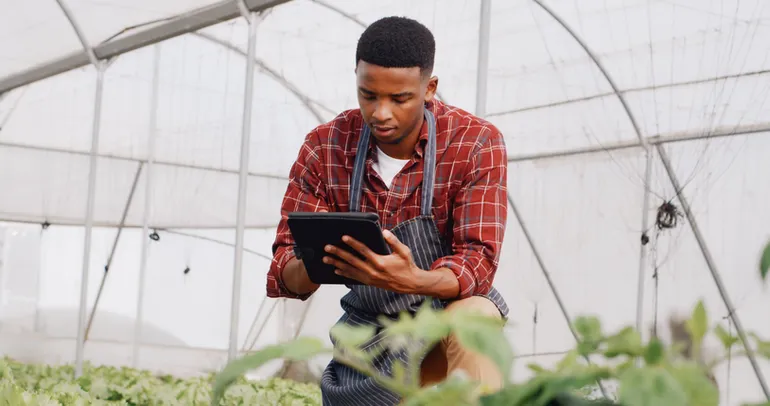Table of Contents
Innovating in the Food and Beverage Industry
In the dynamic world of food and beverage (F&B), technology evolves as business changes to meet the shifting demands and preferences of consumers. These fluctuations create a complex F&B ecosystem, making it challenging to design the perfect supply chain.
According to Marc Simony, Head of Product Strategy at TraceGains, focusing on making the supply chain easier to manage rather than striving for perfection is key to minimizing risks and operating smoothly despite disruptions.
Revolutionizing Product Development in F&B
With intensifying marketplace competition and growing consumer emphasis on health and sustainability, F&B companies are faced with a choice: stick to traditional approaches to new product development or embrace innovation.
The Traditional Approach: New Product Development
Historically, new product development has been a siloed process led by internal teams, resulting in long development times and missed opportunities to respond to trends. Expensive PLM platforms designed for engineers have hindered agility and collaboration.
The Innovative Approach: Networked Product Development
Today, collaborative networked product development is transforming the F&B industry. By partnering with suppliers and experts, companies can accelerate ideation and development using connected data for informed decision-making.
Enhancing Innovation through Collaboration
From concept to production, networked product development emphasizes coordination and connection to drive faster innovation. This approach requires product innovation platforms to complement PLMs and support the collaborative process.
Prioritizing Collaboration for Success
Networked product development encourages cross-functional collaboration, bringing together partners, quality specialists, and experts on an integrated platform for unified ideation.
Driving Sustainability through Data
By leveraging real-time data and product innovation platforms, F&B companies can enhance sustainability efforts, reduce waste, and streamline product lifecycle analyses to decarbonize products efficiently.
For more information on overcoming common challenges in CPG, visit TraceGains.com.

